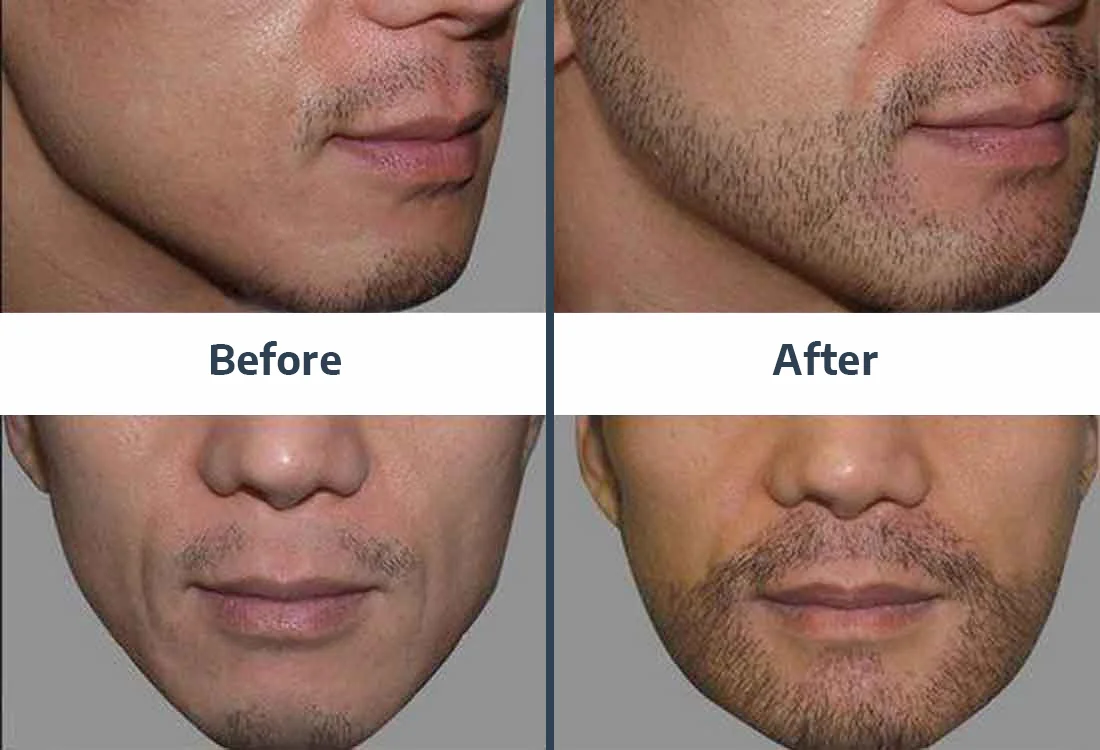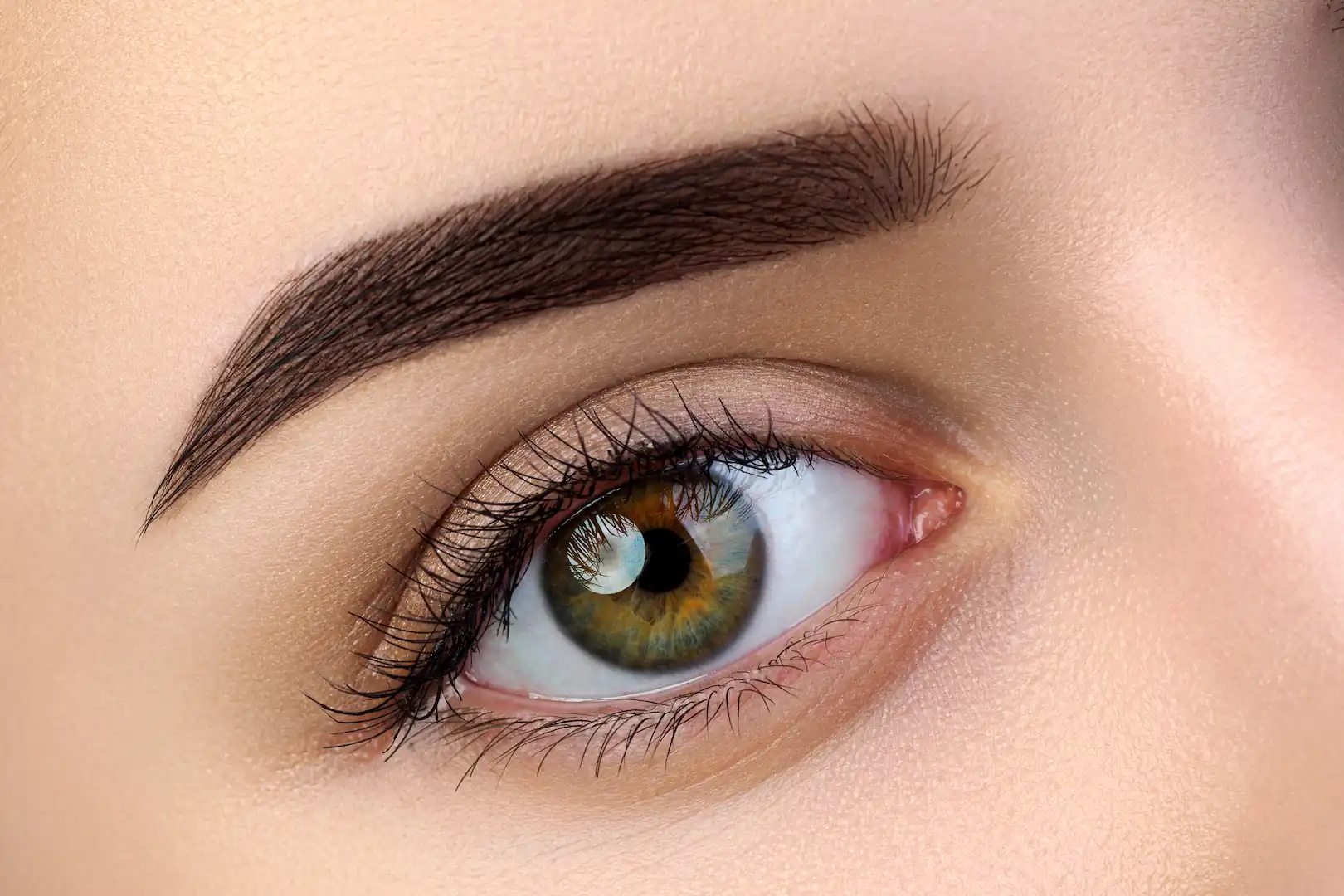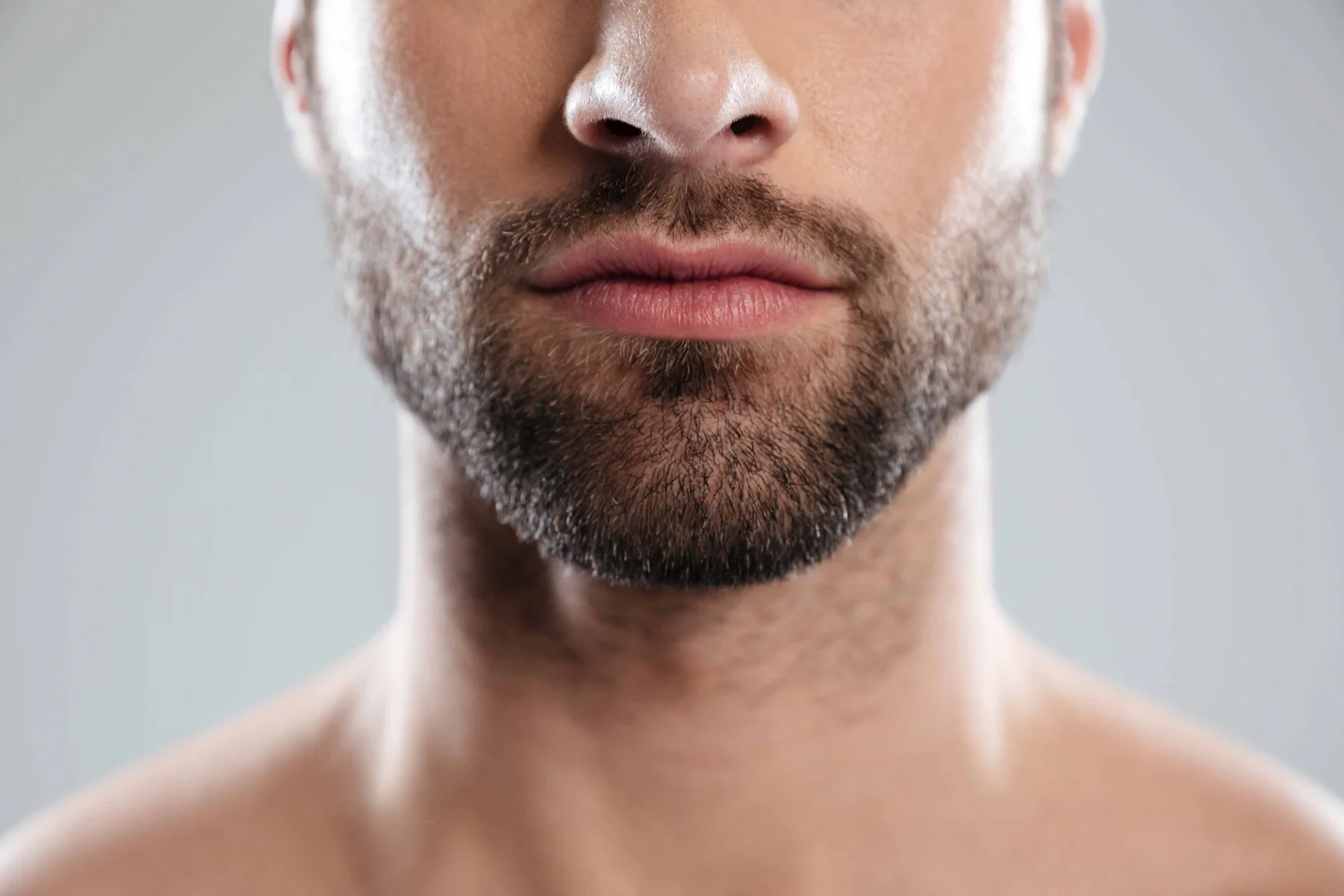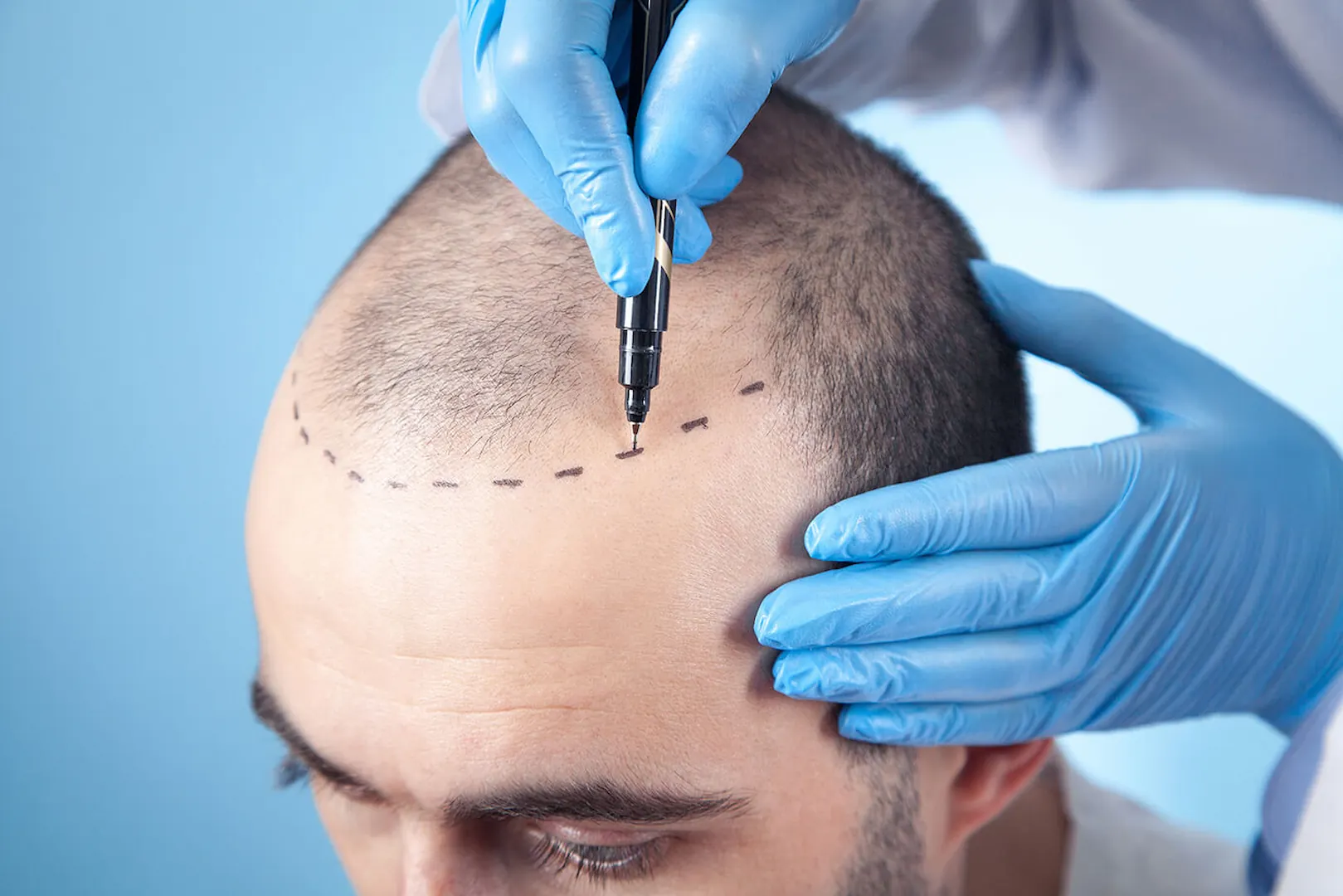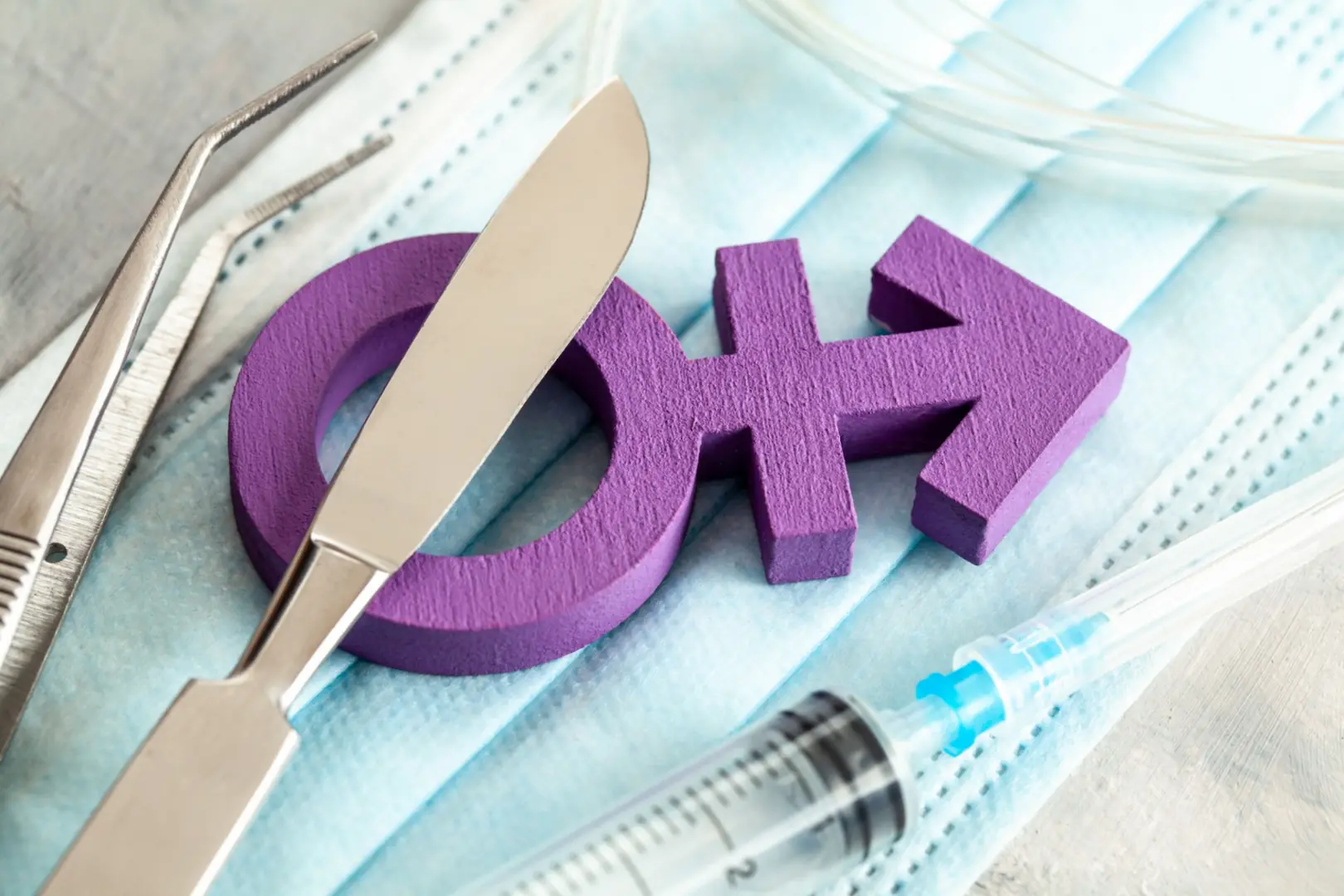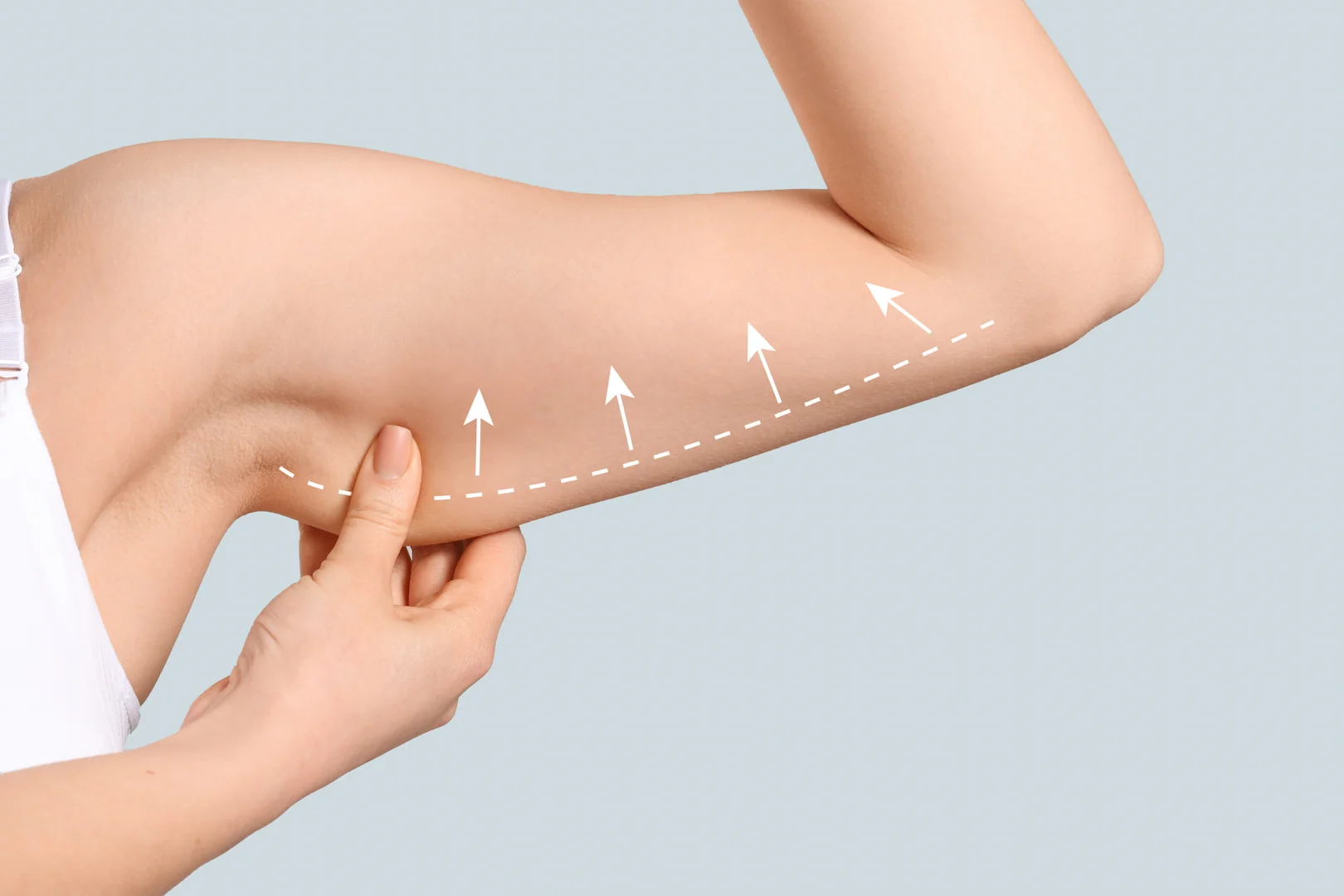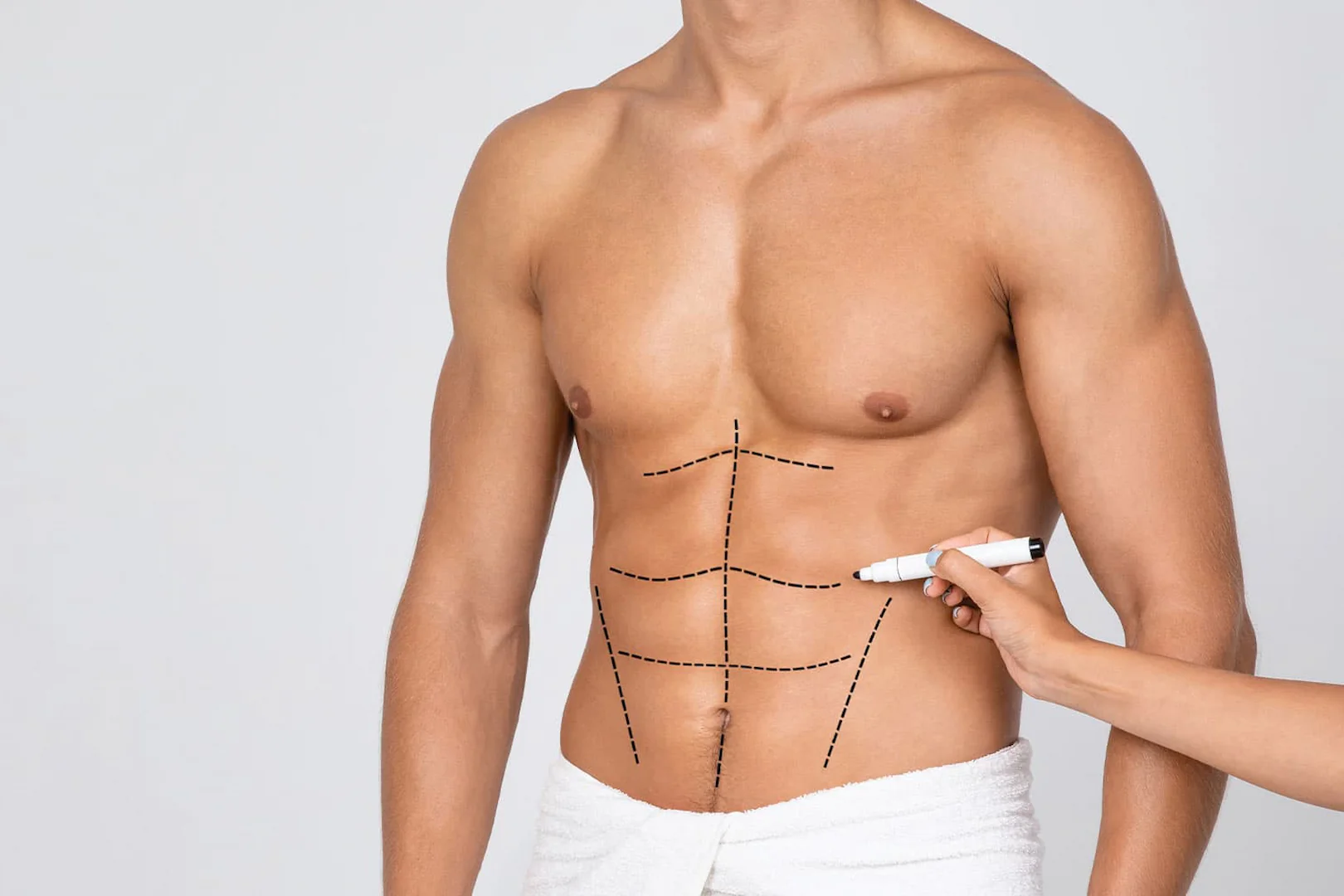Surgical Time
4-9 hours
Anesthesia
Local
Recovery
10-14 days
Hospital Stay
Outpatient
Total Stay
3-7 days
Back to Work
3-14 days
Beard Transplant in Iran:
Cultivating Your Desired Facial Hair and Confidence
For many men, facial hair is a powerful expression of masculinity, identity, and personal style. A full, well-defined beard can convey confidence, maturity, and a distinct aesthetic. However, not everyone is blessed with the ability to grow the beard they desire. Genetics, scarring from acne or injuries, or certain medical conditions can lead to patchy growth, sparse areas, or a complete absence of facial hair, often impacting self-esteem and satisfaction with one’s appearance. A beard transplant offers a remarkable and permanent solution, meticulously transplanting healthy hair follicles to create the beard, mustache, or sideburns you’ve always wanted. Iran has emerged as a leading destination for high-quality beard transplant procedures, combining the expertise of highly skilled specialists with state-of-the-art techniques and remarkably accessible costs. This article explores the transformative journey of beard transplantation in Iran, detailing the procedure, recovery, and what makes Iran an attractive choice for cultivating your ideal facial hair.
Understanding Beard Transplant: Cultivating Your Desired Facial Hair
A beard transplant is a specialized hair restoration procedure designed to enhance or restore facial hair growth in areas where it is thin, patchy, or entirely absent. Similar to scalp hair transplants, it involves the careful extraction of healthy hair follicles, typically from the back or sides of the scalp (the donor area), and their meticulous implantation into the desired areas of the face (the recipient area). The success of a beard transplant lies not only in achieving density but, crucially, in ensuring the transplanted hairs grow in the natural direction and angle of facial hair, creating a seamless and aesthetically pleasing result. The transplanted hairs are permanent and will grow just like natural beard hair, allowing for shaving, trimming, and styling.
Conditions Addressed by Beard Transplant in Iran
Patients seek beard transplant procedures in Iran for various reasons related to facial hair growth:
- Patchy or Sparse Beard Growth: Many men experience uneven beard density, with certain areas having thinner or no hair, making it difficult to grow a full, uniform beard.
- Inability to Grow a Beard/Mustache/Goatee: Some individuals, due to genetics, may have very limited or no facial hair growth at all, leading to a desire for a full beard or specific facial hair styles.
- Receding or Ill-Defined Beard Line: A beard transplant can help define a sharper, more aesthetically pleasing jawline and cheek line for the beard, or fill in areas where the beard line is patchy.
- Scars on the Face: Hair follicles can be transplanted into scar tissue (from acne, injury, surgery, or burns) to camouflage the scar and allow hair to grow over it, restoring a natural appearance.
- Desire for Increased Beard Density: Even if a beard is present, some men desire increased thickness and fullness.
- Lack of Sideburns: Transplant can restore or create sideburns that seamlessly connect to the hair on the scalp.
- Alopecia Barbae: While primarily treated medically, in stable cases, a beard transplant may be considered to fill in areas affected by this localized hair loss condition.
Key Beard Transplant Procedure Available in Iran (Detailed Overview)
In Iran, the most widely used and effective technique for beard transplantation is Follicular Unit Extraction (FUE), favored for its precision and natural results in facial areas.
1. Follicular Unit Extraction (FUE) for Beard Transplant in Iran
FUE is the preferred method for beard transplants because it allows for the precise extraction of individual hair follicles without leaving a linear scar on the donor area. This is particularly important since the donor area (usually the back or sides of the scalp) may be worn short, and a linear scar would be noticeable. Moreover, FUE offers superior control over the angle and direction of implantation, which is crucial for achieving natural-looking beard growth.
Procedure Overview
- Anesthesia: The procedure is performed under local anesthesia, ensuring the donor and recipient areas are completely numb. Oral sedation can be provided for patient relaxation and comfort throughout the session.
- Donor Area Preparation: Typically, a small section of the donor area on the back or sides of the scalp is shaved. The hair in this area is chosen for its resemblance to facial hair in terms of texture and thickness.
- Follicle Extraction: Using a specialized micro-punch tool (usually 0.6mm-1.0mm in diameter), individual follicular units (containing 1-3 hairs) are carefully extracted directly from the donor area. This meticulous process leaves tiny, punctate holes that heal quickly and are virtually undetectable once the surrounding hair grows back.
- Recipient Site Creation: This is a critical step for beard transplants. The surgeon meticulously creates tiny incisions or slits in the recipient areas of the face (cheeks, chin, mustache, sideburns). Extreme precision is used to mimic the natural angle, direction, and density of existing facial hair, ensuring the transplanted hairs grow authentically.
- Implantation: The extracted follicular units are delicately implanted into the prepared recipient sites using fine forceps or specialized implanter pens. The surgeon pays close attention to the artistic design and natural flow of the beard.
- Duration: The surgical time varies significantly based on the number of grafts needed. Smaller areas (e.g., goatee or mustache fill) might take 3-5 hours, while a full beard transplant can take 6-9 hours, sometimes performed over two consecutive days for very extensive cases.
Indications for FUE Beard Transplant
Individuals seeking to fill in patchy areas, grow a beard where they have none, define beard lines, camouflage facial scars, or increase overall beard density. It is ideal for those who prioritize minimal scarring and natural growth patterns in the highly visible facial area.
Benefits & Considerations
- Natural-Looking Results: FUE allows for precise placement and angle control, which is essential for mimicking natural facial hair growth.
- No Linear Scar: The individual extraction method avoids a visible linear scar in the donor area, allowing patients to wear their scalp hair short.
- Minimally Invasive: Leads to faster healing and less discomfort in the donor area compared to strip harvesting.
- Versatility: Can be used for various facial hair areas, including beard, mustache, goatee, sideburns, and even eyebrows.
- Initial Shedding: Like scalp transplants, transplanted beard hairs will typically shed within a few weeks before permanent growth begins.
- Requires Expertise: Achieving natural angles and density for facial hair demands exceptional skill and artistic judgment from the surgeon.
The Beard Transplant Journey in Iran: Pre-Procedure Evaluation and Planning
Embarking on a beard transplant journey in Iran involves a deeply personal and meticulously planned process, focusing on your unique facial structure and aesthetic goals:
Comprehensive Consultation & Facial Hair Analysis
Your journey begins with an in-depth consultation with a highly experienced hair transplant specialist with specific expertise in facial hair. They will conduct a thorough review of your medical history, current health, and medications. A detailed analysis will assess your current facial hair growth pattern, the quality and density of your scalp donor area, and the characteristics of your hair (texture, curl, color). This comprehensive evaluation is crucial for designing a beard that suits your facial features.
Realistic Expectations & Design
The surgeon will engage in an open discussion about your aesthetic goals, ensuring that your expectations are realistic and aligned with what can be achieved. They will meticulously design your desired beard line, density, and shape, often using markers to sketch out the proposed growth areas on your face. This personalized design phase is paramount to achieving a natural and satisfying result.
Personalized Treatment Plan Development
Based on your facial hair analysis and aesthetic goals, a customized treatment plan will be developed. This includes determining the optimal number of grafts needed, identifying the best donor areas, and planning the strategic placement of each graft to achieve the desired density and natural growth direction.
Pre-operative Instructions
You will receive detailed instructions to prepare for your surgery. This typically includes guidelines on smoking cessation (critically important for graft survival and healing, especially in the highly vascular facial area), avoiding alcohol and certain medications (e.g., blood thinners, specific supplements), and avoiding caffeine on the day of surgery. Adherence to these instructions is vital for minimizing risks and promoting a smooth recovery.
The Beard Transplant Procedure Experience in Iran (General Principles)
Undergoing a beard transplant in Iran ensures you benefit from highly skilled surgical teams and modern medical infrastructure, committed to delivering precise and aesthetically pleasing results:
Specialized Hair Transplant Clinics & Teams
Iranian clinics specializing in hair restoration are equipped with state-of-the-art instruments designed for precise FUE extraction and implantation. These facilities adhere to strict international standards of safety and hygiene, providing a secure and supportive environment for delicate facial procedures.
Highly Skilled and Experienced Hair Transplant Surgeons/Technicians
You will be treated by highly qualified Iranian plastic surgeons and their specialized teams who possess a deep understanding of facial anatomy and the artistic nuances required for natural-looking beard growth. Their meticulous technique in handling grafts and implanting them at the correct angle and direction is paramount.
Anesthesia
Beard transplant procedures are typically performed under local anesthesia, ensuring your scalp donor area and facial recipient areas are completely numb, and you experience no pain during the procedure. Oral sedation is often provided to help you relax and feel comfortable throughout the procedure, which can be lengthy.
Meticulous Graft Handling & Implantation
The success of a beard transplant heavily relies on the delicate handling of each graft and its precise implantation. Iranian teams are known for their meticulous approach, ensuring each follicle is placed at the exact angle, direction, and depth required to mimic natural facial hair growth patterns, preventing an unnatural “pluggy” look.
Duration of Procedure
The actual surgical time varies significantly based on the number of grafts and the complexity of the desired beard area. A smaller mustache or goatee transplant might take 3-5 hours, while a full beard reconstruction can take 6-9 hours or even be split into two sessions over consecutive days.
Post-Operative Care and Recovery in Iran
The recovery phase following a beard transplant is crucial for ensuring optimal graft survival, proper healing, and the best possible long-term results:
Immediate Post-Op (Redness, Swelling, Crusting)
Immediately after the procedure, you will experience some redness, minor swelling (especially on the face), and the formation of small crusts around each newly transplanted graft in the recipient area. The donor area on the scalp will also show signs of healing (tiny dots for FUE). Your clinic will provide detailed instructions for immediate post-operative care.
Pain Management
Mild discomfort or soreness in both the donor scalp and facial areas is common. This can be easily managed with prescribed pain medication. Most patients report the discomfort to be manageable.
Specific Care Instructions (Washing, Avoiding Touching, Sleeping Position)
You will receive very specific instructions on how to gently wash your face and scalp, avoid touching or dislodging the delicate grafts, and maintain a specific sleeping position (often elevated and on your back) for the first few nights to minimize swelling and protect the transplanted follicles. Adherence to these instructions is paramount for graft survival and successful healing.
Activity Restrictions
Strenuous physical activity, heavy sweating, direct sun exposure to the face, and swimming should be avoided for several weeks to allow the grafts to securely anchor and the skin to heal properly. Avoid rubbing or scratching the transplanted area.
Shedding Phase & Regrowth Cycle
It is entirely normal and expected for the transplanted beard hairs to shed (fall out) within 2-4 weeks after the procedure. This is a natural part of the hair growth cycle and does not mean the transplant failed. New, permanent hair growth typically begins around 3-4 months post-op, with increasing density and visible results over 6-9 months, and full, mature results visible at 12-18 months.
Follow-Up Appointments
Regular follow-up appointments with your surgeon or clinic are essential to monitor your healing progress, address any concerns, and track the growth of your new beard. For international patients, virtual follow-ups are often arranged after their return home.
Long-Term Results & Maintenance
Once mature, the transplanted beard hair is permanent and will grow just like your natural facial hair, allowing you to shave, trim, and style it as desired. Your surgeon will advise on when it is safe to have your first shave (typically 10-14 days for a light trim, longer for a full shave) and provide ongoing care tips for maintaining the health and appearance of your beard.
Why Choose Iran for Your Beard Transplant?
Iran has solidified its reputation as a global hub for hair restoration, offering compelling advantages for individuals seeking beard transplant procedures:
Expert Hair Transplant Specialists with Facial Hair Expertise
Iranian hair transplant surgeons are highly trained, often with extensive experience, and many have specialized expertise in facial hair transplantation. Their precision in designing natural hairlines and implanting grafts at the correct angles is crucial for the aesthetic success of beard transplants.
Advanced Clinics and Technologies
Iranian hair transplant clinics are equipped with state-of-the-art FUE technology, specialized micro-punches, and implanter pens, ensuring precise graft extraction and implantation. These facilities adhere to rigorous hygiene protocols, providing a safe and efficient surgical environment.
Exceptional Cost-Effectiveness
A primary motivator for international patients, the cost of beard transplant procedures in Iran is significantly more affordable compared to equivalent care in many Western countries (often 50-70% less), making high-quality facial hair restoration accessible without compromising on results.
High Success Rates & Natural Results
Iranian clinics are renowned for their high success rates in terms of graft survival and achieving natural-looking beard growth that seamlessly integrates with existing facial hair. The emphasis on artistic design and meticulous graft placement is a hallmark of their approach.
Comprehensive Patient Support
Many clinics and medical tourism agencies in Iran offer dedicated support for international patients, including initial consultations, travel arrangements, accommodation, airport transfers, language assistance, and personalized patient coordinators, ensuring a smooth and stress-free journey.
Cultural and Travel Experience (Optional)
For those interested, combining medical treatment with a cultural experience, Iran offers a rich history, stunning architecture, and warm hospitality, adding an additional dimension to the medical journey.
Choosing Your Hair Transplant Clinic and Surgeon in Iran
Selecting the right hair transplant clinic and surgeon is paramount for achieving safe, natural-looking, and satisfying results from your beard transplant journey. Consider these vital factors:
Surgeon/Clinic’s Specialization and Experience in Beard Transplants
It is absolutely crucial to choose a surgeon and clinic that not only specialize in hair restoration but also have extensive, proven experience specifically with beard transplants. Inquire about their track record, their proficiency in FUE for facial hair, and their artistic approach to beard design.
Accreditation and Facilities
Verify that the clinic is accredited and maintains high standards of safety, hygiene, and technological capability. Ensure they use advanced instruments for FUE and have a sterile environment for the procedure.
Portfolio of Before-and-After Cases
Meticulously review the surgeon’s portfolio of before-and-after photos, *specifically focusing on beard transplant cases*. Look for natural-looking density, proper hair growth angles, and seamless integration with existing facial hair. This provides invaluable insight into their aesthetic style and the quality of their results.
Patient Testimonials and Reviews
Seek out feedback from previous patients who have undergone beard transplants with the clinic/surgeon. Look for reviews that speak to patient satisfaction, the naturalness of results, the quality of post-operative care, and the overall patient experience.
Transparency in Consultation and Cost
A reputable clinic will provide a thorough and honest consultation, discussing all aspects of your proposed treatment, including the estimated number of grafts, potential risks, recovery timelines, and a clear, detailed breakdown of all associated costs without any hidden fees. A graft guarantee is also a positive sign.
Post-Operative Care and Communication
Confirm the extent of post-operative care and long-term follow-up support offered, especially as an international patient. Clear communication channels for any questions or concerns during your recovery period are essential for optimal graft survival and healing.
Conclusion
A beard transplant in Iran offers a profoundly impactful opportunity to achieve the full, natural-looking facial hair you desire, enhancing your masculinity, style, and self-confidence. With a wealth of highly skilled hair restoration specialists renowned for their precision, artistic approach, and dedication to patient satisfaction, state-of-the-art clinics, and remarkably competitive pricing, Iran stands as a premier destination for this transformative procedure. By meticulously planning, choosing an expert surgical team with specific experience in facial hair, and diligently following post-operative care, individuals can confidently embark on a journey towards a beard that truly reflects their identity and enhances their overall appearance.


